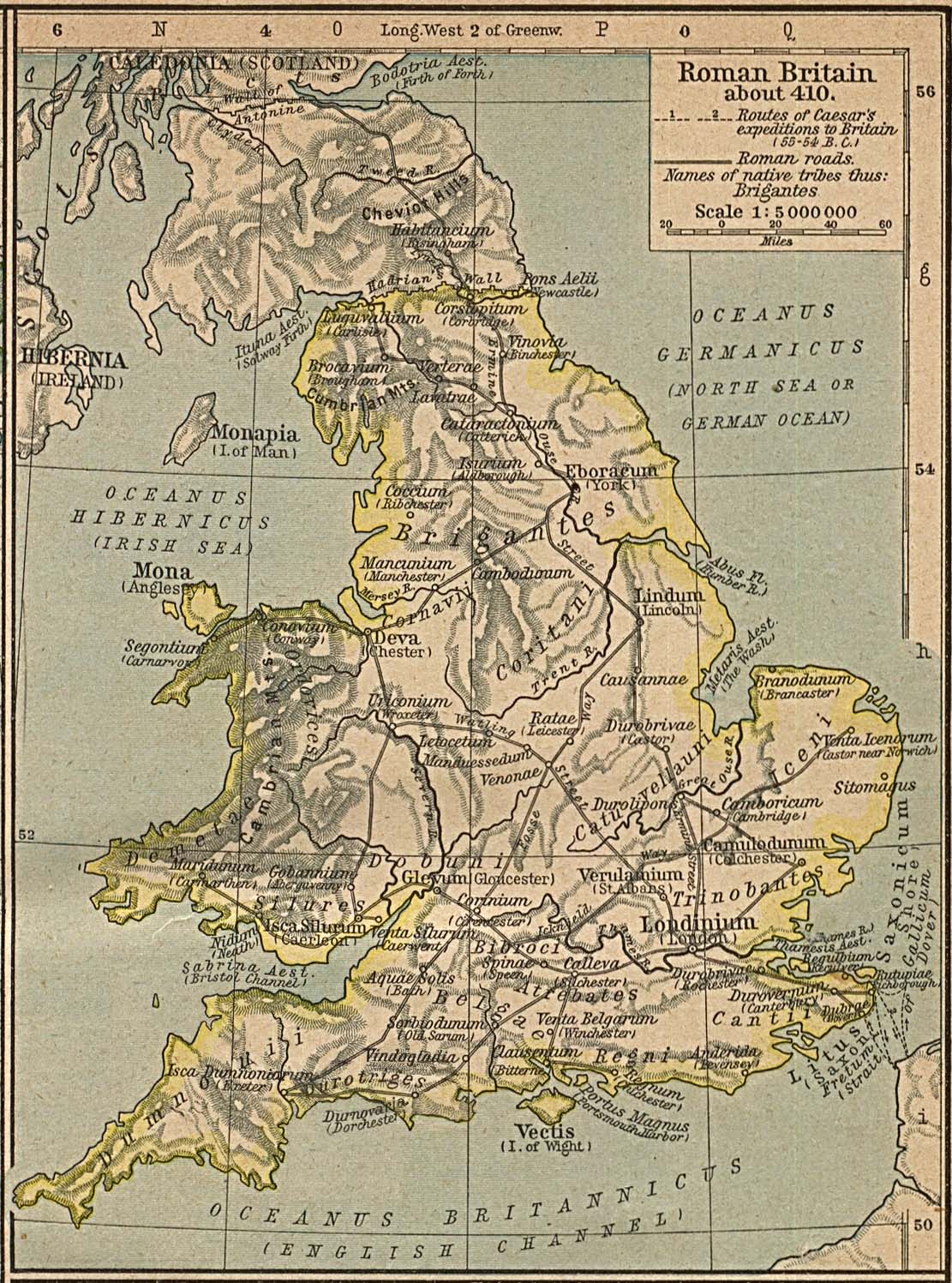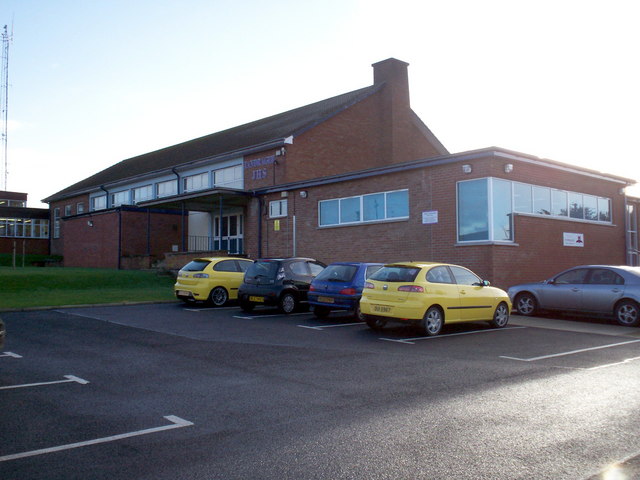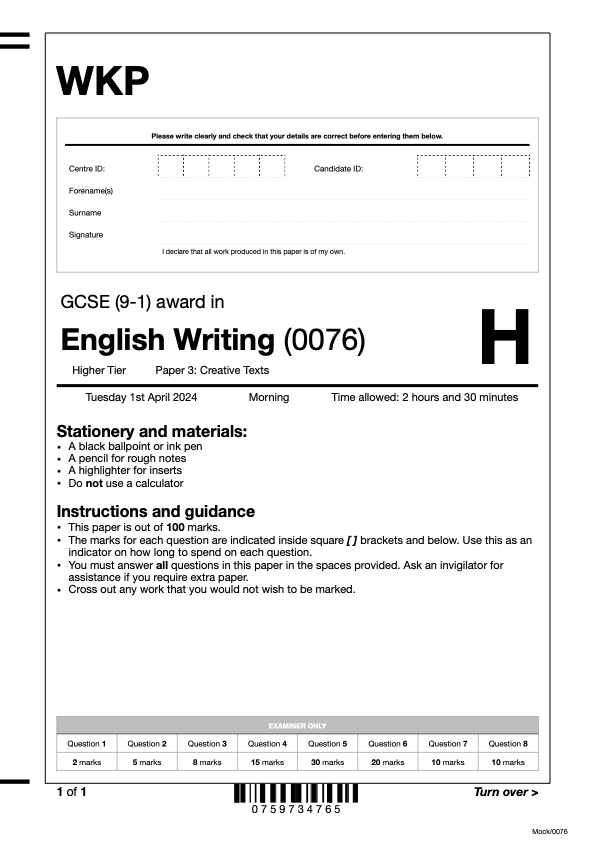|
Year Nine
Year 9 is an educational year group in schools in many countries including England and Wales, Australia and New Zealand. It is the tenth or eleventh year of compulsory education. Children in this year are generally between 13, 14 and 15, with it being mostly equivalent to eighth grade or freshman year in the United States. Australia In Australia, Year 9 is usually the tenth year of compulsory education. Although there are slight variations between the states, most children in Year 9 are aged between fourteen and fifteen. In Australia, Year 9 is seen by many educators as the "lost year", a period where thousands of students become unengaged with learning, are expelled, suspended, or drop out. In recent decades, many Australian schools have implemented Year 9 specialist programs to combat the issue. Most are private schools which send students to outside campuses, whether in a city (such as Melbourne's City Cite), camp, alpine areas or even overseas. Such programs aim to "foster ... [...More Info...] [...Related Items...] OR: [Wikipedia] [Google] [Baidu] |
England And Wales
England and Wales () is one of the Law of the United Kingdom#Legal jurisdictions, three legal jurisdictions of the United Kingdom. It covers the constituent countries England and Wales and was formed by the Laws in Wales Acts 1535 and 1542. The substantive law of the jurisdiction is English law. The Welsh devolution, devolved Senedd (Welsh Parliament; ) – previously named the National Assembly for Wales – was created in 1999 under the Government of Wales Act 1998 and provides a degree of Self-governance, self-government in Wales. The powers of the legislature were expanded by the Government of Wales Act 2006, which allows it to pass Welsh law, its own laws, and the Act also formally separated the Welsh Government from the Senedd. There is currently no Devolved English parliament, equivalent body for England, which is directly governed by the parliament and government of the United Kingdom. History of jurisdiction During the Roman occupation of Britain, the area of presen ... [...More Info...] [...Related Items...] OR: [Wikipedia] [Google] [Baidu] |
National Curriculum Assessment
The National Curriculum assessment usually refers to the statutory assessments carried out in primary schools in England, colloquially known as standard assessment tasks (SATs). The assessments are made up of a combination of testing and teacher assessment judgements and are used in all government-funded primary schools in England to assess the attainment of pupils against the programmes of study of the National Curriculum at the end of Key Stages 1 and 2 where all pupils are aged 6 to 7 and 10 to 11 respectively. Until 2008, assessments were also required at the end of Key Stage 3 (14-year-olds) in secondary schools after which they were scrapped. History The assessments were introduced following the introduction of a National Curriculum to schools in England and Wales under the Education Reform Act 1988. As the curriculum was gradually rolled out from 1989, statutory assessments were introduced between 1991 and 1995, with those in Key Stage 1 first, following by Key Stages 2 an ... [...More Info...] [...Related Items...] OR: [Wikipedia] [Google] [Baidu] |
Year 8
Year 8 is an educational year group in schools in many countries including England, Wales, Australia and New Zealand. It is the eighth or ninth year of compulsory education. It is known as First Year in Scotland and Ireland. Children in this year are between 12 and 13. This is generally equivalent to Seventh grade in the United States. Australia In Australia, Year 8 is usually the ninth year of compulsory education. Although there are slight variations between the states, most children in Year 8 are aged between thirteen and fourteen. New Zealand In New Zealand, Year 8 is the eighth year of compulsory education, and the last of primary education. Children entering Year 8 are generally aged between 11.5 and 13. Year 8 pupils are educated in full primary schools or intermediate schools, and in some areas area schools or combined intermediate and secondary schools. United Kingdom England and Wales In schools in England and Wales, Year 8 is the eighth year after Reception. It i ... [...More Info...] [...Related Items...] OR: [Wikipedia] [Google] [Baidu] |
Education In Northern Ireland
The education system in Northern Ireland differs from elsewhere in the United Kingdom (although it is relatively similar to Wales), but is similar to the Republic of Ireland in sharing in the development of the ''National school (Ireland), national school'' system and serving a similar society with a relatively rural population. A child's age on 1 July determines the point of entry into the relevant stage of education in the region, whereas the relevant date in England and Wales is 1 September. Overview As with the island of Ireland as a whole, Northern Ireland has one of the youngest populations in Europe and, among the four UK nations, it has the highest proportion of children aged under 16 years (21% in mid-2019). In the 2021–2022 academic year, the region's school education system comprised 1,124 schools (of all types) and around 346,000 pupils, including: * 796 primary schools with 172,000 pupils; * 192 post-primary schools with 152,000 pupils; * 126 non-grammar post- ... [...More Info...] [...Related Items...] OR: [Wikipedia] [Google] [Baidu] |
Third Year
Third or 3rd may refer to: Numbers * 3rd, the ordinal form of the cardinal number 3 * , a fraction of one third * 1⁄60 of a ''second'', i.e., the third in a series of fractional parts in a sexagesimal number system Places * 3rd Street (other) * Third Avenue (other) * Highway 3 Music Music theory * Interval number of three in a musical interval ** Major third, a third spanning four semitones ** Minor third, a third encompassing three half steps, or semitones ** Neutral third, wider than a minor third but narrower than a major third ** Augmented third, an interval of five semitones ** Diminished third, produced by narrowing a minor third by a chromatic semitone * Third (chord), chord member a third above the root * Degree (music), three away from tonic ** Mediant, third degree of the diatonic scale ** Submediant, sixth degree of the diatonic scale – three steps below the tonic ** Chromatic mediant, chromatic relationship by thirds * Ladder of thirds, si ... [...More Info...] [...Related Items...] OR: [Wikipedia] [Google] [Baidu] |
Second Year
The second (symbol: s) is a unit of time derived from the division of the day first into 24 hours, then to 60 minutes, and finally to 60 seconds each (24 × 60 × 60 = 86400). The current and formal definition in the International System of Units (SI) is more precise: The second ..is defined by taking the fixed numerical value of the caesium frequency, Δ''ν''Cs, the unperturbed ground-state hyperfine transition frequency of the caesium 133 atom, to be when expressed in the unit Hz, which is equal to s−1. This current definition was adopted in 1967 when it became feasible to define the second based on fundamental properties of nature with caesium clocks. As the speed of Earth's rotation varies and is slowing ever so slightly, a leap second is added at irregular intervals to civil time to keep clocks in sync with Earth's rotation. The definition that is based on of a rotation of the earth is still used by the Universal Time 1 (UT1) system. Etymology "Minute" ... [...More Info...] [...Related Items...] OR: [Wikipedia] [Google] [Baidu] |
Education In Scotland
Education in Scotland is provided in state schools, private school, private schools and by individuals through homeschooling. Mandatory education in Scotland begins for children in Primary 1 (P1) at primary school and ends in Fifth Year (S5) at secondary school. Overall accountability and control of state–education in Scotland rests with the Scottish Government, and is overseen by its executive agency, Education Scotland, with additional responsibility for nursery schools being the joint responsibility of both Education Scotland and the Care Inspectorate (Scotland), Care Inspectorate. Scotland's List of private schools in Scotland, private schools are overseen by the Scottish Council of Independent Schools. Children in Scotland sit mandatory National Standardised Assessments in Primary 1 (P1), Primary 4 (P4), Primary 7 (P7) at the end of primary school, and Third Year (S3) in secondary school, which assist in monitoring children's progress and providing diagnostic data informa ... [...More Info...] [...Related Items...] OR: [Wikipedia] [Google] [Baidu] |
GCSE
The General Certificate of Secondary Education (GCSE) is an academic qualification in a range of subjects taken in England, Wales, and Northern Ireland, having been introduced in September 1986 and its first exams taken in 1988. State schools in Scotland use the Scottish Qualifications Certificate instead. However, private schools in Scotland often choose to follow the English GCSE system. Each GCSE qualification is offered as a specific school subject, with the most commonly awarded ones being English literature, English language, mathematics, science (combined & triple), history, geography, art, design and technology (D&T), business studies, economics, music, and modern foreign languages (e.g., Spanish, French, German) (MFL). The Department for Education has drawn up a list of core subjects known as the English Baccalaureate for England based on the results in eight GCSEs, which includes both English language and English literature, mathematics, science (physics, chem ... [...More Info...] [...Related Items...] OR: [Wikipedia] [Google] [Baidu] |
Key Stage 3
Key Stage 3 (commonly abbreviated as KS3) is the legal term for the three years of schooling in maintained schools in England and Wales normally known as Year 7, Year 8 and Year 9, when pupils are aged between 11 and 14. In Northern Ireland the term also refers to the first three years of secondary education. England and Wales Legal definition The term is defined in the Education Act 2002 as "the period beginning at the same time as the school year in which the majority of pupils in his class attain the age of twelve and ending at the same time as the school year in which the majority of pupils in his class attain the age of fourteen"Defined in section 82 of thEducation Act 2002/ref> (i.e. a three-year period). This Key Stage normally covers pupils during their first three years of secondary education, although in some cases part or all of this stage may fall in a middle or high school. Some middle and high schools have been piloting accelerated Key Stage 3, by teaching the s ... [...More Info...] [...Related Items...] OR: [Wikipedia] [Google] [Baidu] |
Private Schools
A private school or independent school is a school not administered or funded by the government, unlike a public school. Private schools are schools that are not dependent upon national or local government to finance their financial endowment. Unless privately owned they typically have a board of governors and have a system of governance that ensures their independent operation. Private schools retain the right to select their students and are funded in whole or in part by charging their students for tuition, rather than relying on taxation through public (government) funding; at some private schools students may be eligible for a scholarship, lowering this tuition fee, dependent on a student's talents or abilities (e.g., sports scholarship, art scholarship, academic scholarship), need for financial aid, or tax credit scholarships that might be available. Roughly one in 10 U.S. families have chosen to enroll their children in private school for the past century. Some pr ... [...More Info...] [...Related Items...] OR: [Wikipedia] [Google] [Baidu] |
Grammar Schools
A grammar school is one of several different types of school in the history of education in the United Kingdom and other English-speaking countries, originally a Latin school, school teaching Latin, but more recently an academically oriented Selective school, selective secondary school. The original purpose of medieval grammar schools was the teaching of Latin. Over time the curriculum was broadened, first to include Ancient Greek, and later English and other languages of Europe, European languages, natural sciences, mathematics, history, geography, art and other subjects. In the late Victorian era grammar schools were reorganised to provide secondary education throughout England and Wales; Scotland had developed a different system. Grammar schools of these types were also established in British territories overseas, where they have evolved in different ways. Grammar schools became one of the three tiers of the Tripartite System of state-funded secondary education operating in ... [...More Info...] [...Related Items...] OR: [Wikipedia] [Google] [Baidu] |
Secondary School
A secondary school, high school, or senior school, is an institution that provides secondary education. Some secondary schools provide both ''lower secondary education'' (ages 11 to 14) and ''upper secondary education'' (ages 14 to 18), i.e., both levels 2 and 3 of the International Standard Classification of Education, ISCED scale, but these can also be provided in separate schools. There may be other variations in the provision: for example, children in Australia, Hong Kong, and Spain change from the primary to secondary systems a year later at the age of 12, with the ISCED's first year of lower secondary being the last year of primary provision. In the United States, most local secondary education systems have separate Middle school#United States, middle schools and High school in the United States, high schools. Middle schools are usually from grades 6–8 or 7–8, and high schools are typically from grades 9–12. In the United Kingdom, most state schools and P ... [...More Info...] [...Related Items...] OR: [Wikipedia] [Google] [Baidu] |




